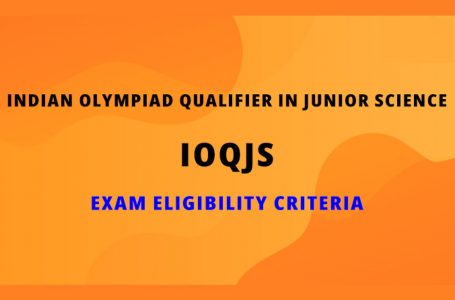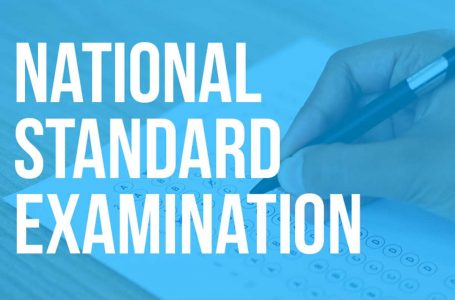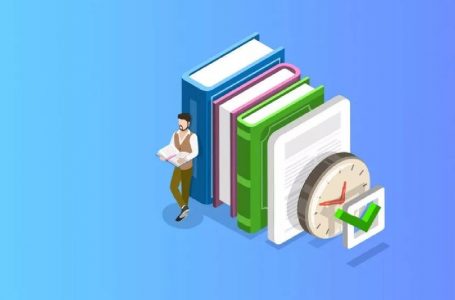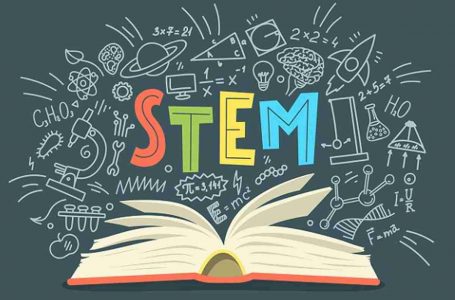INChO – Indian National Chemistry Olympiad
INChO – Indian National Chemistry Olympiad: Indian national chemistry Olympiad is a single-level examination conducted for students of grades 11th and 12th. It is considered an excellent platform for students who want to adopt chemistry as their fieldwork in the future while preparing for this examination can be regarded as helpful. It is conducted every year and provides plenty of opportunities to the participants. It helps in giving a chance to enhance their skills and ability in the field of chemistry. This examination is organized by the HOMI BHABHA CENTRE FOR SCIENCE EDUCATION and the Indian chemistry association teaches mutually. The students can be qualified for this examination after passing the NSEC examination. Every year approximately 3000 students give INCHO but the organization selects only 1% top students among them.
| Full name | Indian national chemistry olympiad |
| Conducting Body | HBCSE |
| Eligibility | For classes 11th-12th |
| Time duration | 2 hour |
| Registration fees | Rs. 200 per subject |
Table of Contents
Eligibility criteria for INChO
Many of the students appear in this examination, and the students must be aware of the essential eligibility requirement posted by the officials. Some important points to note are as follows :
- The candidate should be a student of India or currently studying under any recognized board such as CBSE, ICSE, or state board.
- The candidate must be a student of class 12th and didn’t pass out the school.
- Only candidates who have not been used to any college or higher institution can apply for this examination.
- The participant’s birth date must be from July 1, 2002- June 30, 2007.
- Students have the documents required for the passport if they pass the national examination, so it would be easy to proceed at the international level.
- Students who are giving this exam cannot appear in the NSEJS examination.
Exam pattern of INCHO
- The exam pattern for examination is quite cumbersome and considered quite a tough examination.
- The question paper is multiple choice based with negative markings. The students have to give detailed solutions to these descriptive questions.
- The more detailed you answer these questions, the more marks you will get.
- The question paper is in both Hindi and English language students can solve them as per their qualifications. They can even choose their medium of examination.
- The syllabus concludes all the topics studied in classes 10th, 11th, and 12th and the topics issued by the officials of INCHO.
- The students will be provided 2 hours to complete the whole question paper.
Syllabus for INCHO
Topics | Subtopics |
Inorganic chemistry | - Electronic configuration of atoms and ions - Trends in the periodic tables ( main groups ) - Trends in physical properties ( main groups) - Structures - Nomenclature - Chemical calculation - Isotopes - Natural cycle - S – block - P- block - D – block - Other inorganic problems |
Organic chemistry | - Alkanes - Cycloalkanes Alkenes Alkynes Arenes and heterocycles Halogen compounds Alcohol and phenols Carbonyl compounds Carboxylic acids Nitrogen compounds Some large molecules like -ethene, polyamides, -styrene. |
Physical chemistry | Chemical equilibrium Ionic equilibrium Electrode equilibrium Kinetics of the homogenous reaction Thermodynamics ( first law) Thermodynamics ( second law) Phase system |
biochemistry | Amino acids and peptides Protein Fatty acids and fats Enzymes Saccharides Krebs cycle and respiration chain Nucleic acids and protein synthesis Other biochemical problems like hormone regulation and feedback, insulin, glucagon, adrenaline, etc. |
The experimental part of INCHO | Synthetic of inorganic and organic compound Identification of organic and inorganic compounds ( general principles ) The diagnosis of some organic and inorganic compounds ( general compounds) Special measurement and procedures Evaluation of results |
| Topics | Subtopics |
| Inorganic chemistry |
|
| Organic chemistry |
|
| Physical chemistry |
|
| biochemistry |
|
| The experimental part of INCHO |
|
INCHO Registration
- The registration process for these olympiad exams is relatively easy so every student can access them easily.
- Participants can register themselves on their own or through the schools registered under the NSE center.
- The participant can visit the official website of INCHO. There, they can search for the desired olympiad exam.
- Then you can click on the recent events, reach the form, and then fill in all the essential information needed.
- The officials will provide you with the code, admit card, and center information.
- Students can choose the question paper medium and the center per their accordance.
INCHO Result
- After the completion of exams, students are desperate to know about their overall performance, and for that,t the officials declare the results quickly after the examination.
- The students can obtain their results from the official website of INCHO.
- The name and ranks of every student are displayed clearly.
- Students can easily access their results online. And then, the students who qualified for the examination later transfer to the international level.
- To access the result, participants have to fill in the roll no. and the center details and press enter, and then they can download the result.
FAQs
-
What is the complete form of INCHO?
The complete form of INCHO is the Indian national chemistry olympiad.
-
How many students are selected for the INCHO examination?
Approximately 40000 students are selected from 1400 centers all over the country.
-
What is the next step after the qualification of INCHO?
After qualifying for INCHO, students can move to the third level OCSC ( Orientation ins election cup in chemistry ). It is held in April and June annually with enormous strength.
-
What is the average score in the chemistry olympiad?
The average score in the chemistry olympiad is 35.8 % or 59.7 %.





